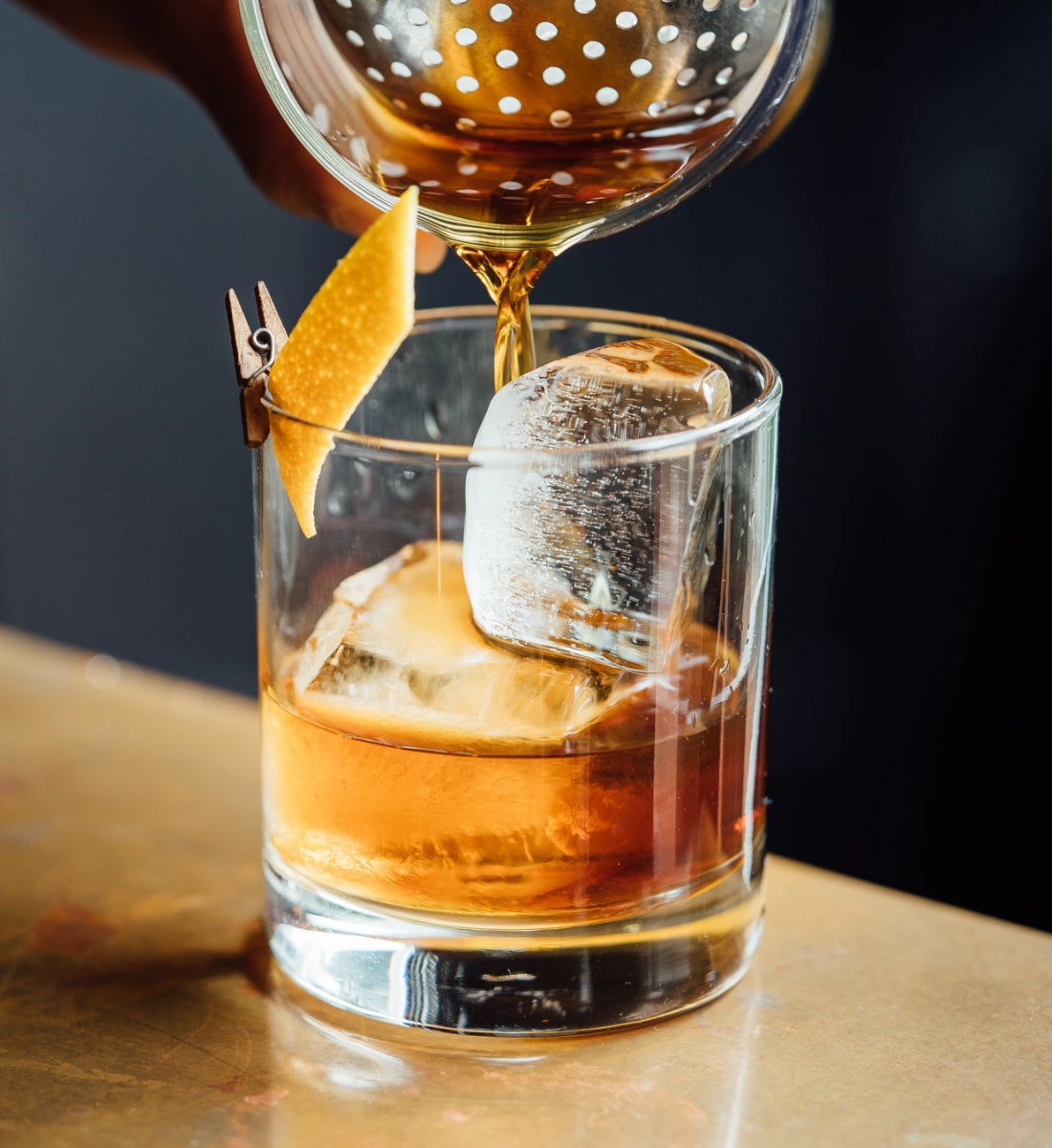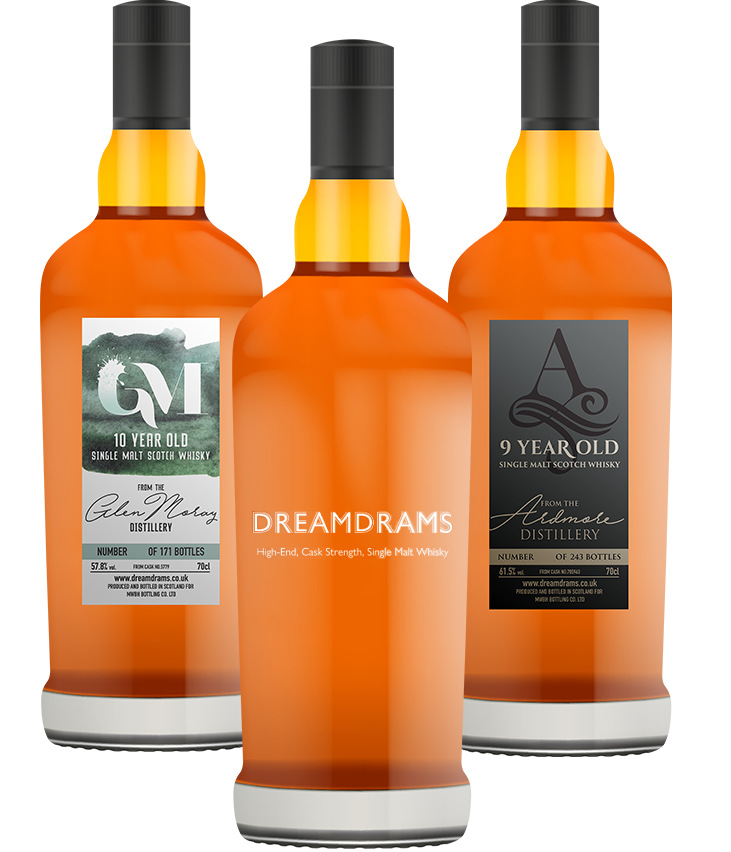Thousands of people were involved paying anywhere between £930 and £15,000 a cask which when sold would yield around 300 bottles at cask strength and with premium prices should have resulted in a sizeable profit.
Instead they ended up with casks worth around a tenth of the buying price filled with whisky that nobody wanted.
So what went wrong?
Well, the whisky industry was on a high as was the global demand for whisky.
The industry's mentality was to supply these investors so they began to over produce just at a time when this climate was about to change and the global demand for whisky was beginning to fall.
Even some of these distillations were matured differently to the traditional methods of certain distilleries.
Blend these ingredients together and we arrive at the sad state of affairs - too much whisky and too few buyers.
Robert Burns had a saying, highly appropriate to this situation, 'When guid drink goes in - guid sense goes oot!'
Now, although most investors would certainly have made their expensive choice in full sobriety they still felt let down and "a little bit silly", after taking advice from financial advisers and writers, claiming whisky investment was an excellent idea.
One man, a born and bred Kendalian, literally grasped the thistle that had grown around this sorry affair and is still hacking at the roots of the problem today.
Paul Smith, a solicitor of over 30 years in the town, first embarked on his whisky journey and eventual crusade by reading a hand-out from a magazine about buying whisky in casks.
"It sounded quite attractive and I was taken in." he said, "I thought I needed to do a bit of research and looked through Michael Jackson's Whisky Companion and came across the Macallan - the Rolls Royce of malts - so I thought if I buy the best I should be all right and paid over £3,000 for a cask."
"Initially, I did this as an individual then a few of my friends were quite taken by it, so they bought as well - you actually got a certificate from a bonded warehouse so there was no a question of us not getting the whisky."
"However, we found that there had been massive over production. The Macallan that we got was not 'THE Macallan' it was simply whisky made by Macallan and was not matured in their traditional brand new sherry butts but in refilled oak casks."
Paul feeling embarrassed for the people who had come in with him thought he had to do something. "The first thing was to attend a meeting in London winding up one of the major offending companies. The liquidators, Cork Gully, set up a committee electing me as one of the members. From there I had the idea of establishing a helpline for the 1000's of people who were involved."
Since setting up the 'Malt Whisky Buyers Helpline' (MWBH) in 1998 the database grew to over 3000 investors.
Subscribers also had their own newsletter keeping them in constant touch with on going affairs.
One of his first tasks was to take on the banks for the people who had paid by credit card. "This took us two years to get them to agree to pay out on the grounds of misrepresentation. They initially said they saw no misrepresentation only that we'd paid too much for it but eventually it was a dentist from Morecambe who took it to the banking ombudsman." explained Paul.
The decision was that misrepresentation had in fact taken place and Lloyds TSB paid up.
Eventually all the banks refunded except for one or two minor ones.
The first phase of his whisky rescue package was now nearing completion.
It had been almost five years since the news first broke that investment in casks of whisky was not quite as safe as investing in 'Granny Bonds'.
In that time he has managed to recover about £5.5 million from credit card companies for investors and altogether he estimates it has cost the credit card industry around £20 million.
The other group of people, Paul included, who have actually got their whisky, some with £50,000 were left with the problem of what to do with it.
Paul decided that they could pool their casks to try and sell. "We tried to amalgamate and say right we've got 25 casks of Macallan 89, but then I realised that at that time nobody wanted it. So I looked at how much it would cost to bottle for your own consumption. At least then you've got plenty of whisky to last your lifetime."
The second and current phase of the rescue package involves assisting these investors. Do they sell or do they bottle?
If they sell they will create a large capital loss and it is not always easy finding a buyer, if they bottle it is quite costly, but at least it will be theirs.
Experience has taught Paul that it is not worth bottling till at least the whisky is 10, 12 or 15 years old.
Each bottling can have its own individual name with the age statement and producing distillery listed underneath on the label.
Paul's first bottling, a 23 year old from Tomatin distillery, was aptly named Highland Scam and advertised as 'A whisky with a tale to tell'
He soon found his palette under a flood of malt when other investors sent whisky samples for him to decide on their possible bottling potential. "I taste a lot of whisky now. I didn't know a thing about whisky a few years ago, but now I know how different all the malts are and gradually over a few years you can judge a malt, so basically the ones I bottle are the ones I like.
It's very personal to me and my fellow taster Derek Kingwell who has a long and sound whisky pedigree."
"I arrange the bottling of their whisky and produce a label so they have their own personalised dram. For instance there is a nautical chap we bottled for with his own label, he calls it Bowline, which is actually Bowmore, but we have to call it something else."
Today the whisky can have the original distillery on the label as long as it is clearly stated that it is 'from the' producing distillery.
This is good news for all you malt aficionados out there as these very unusual and collectable whiskies are at least half the price of what most retailers would be selling at, in effect, you are getting them at what could be classed as wholesale prices.
It is also has terrific corporate opportunities for businesses wishing to have their own personal malt as gifts or a Golf or Rugby Club wanting its centenary or other important anniversary celebrated with their own bottling and label.

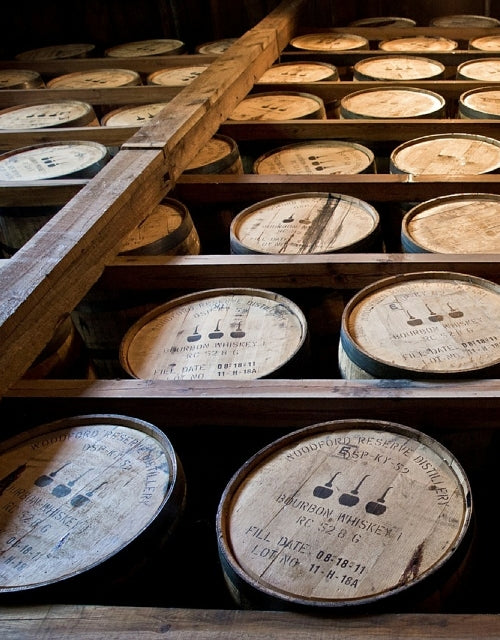
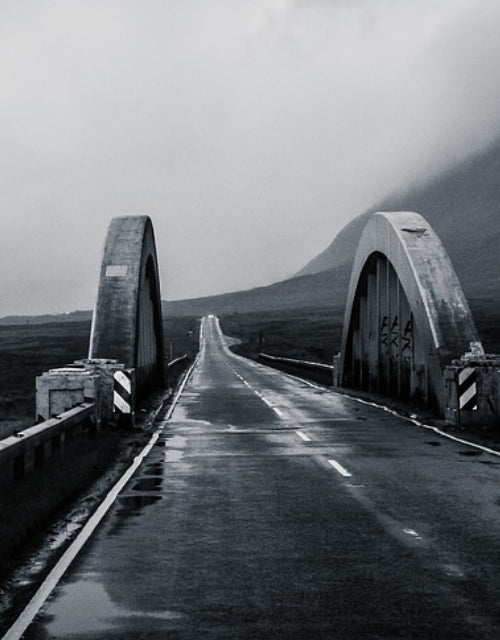
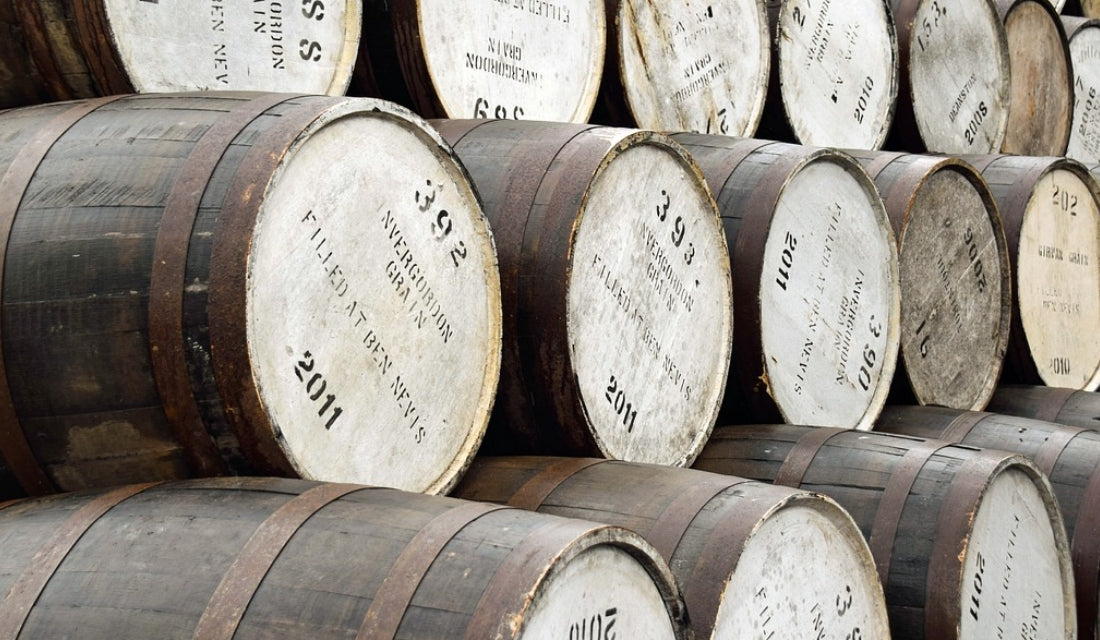
Derek A Kingwell
Derek gained much of his early tasting experience whilst working with Oddbins in London during their glory days of the late 1980s and early 1990s.
Although wine tasting was to the forefront within Oddbins Derek showed a particular tasting talent and selling ability of single malt whisky at a time when the company offered over 100 malts.
A very complimentary article on Derek and his passion for single malt whisky in a leading Trade magazine brought him to the attention of the famous and highly respected Milroy's Whisky Emporium in Soho.
Owner, Jack Milroy, brother of Wallace, author of the award winning Malt Whisky Almanac, offered Derek the position of shop manager and his true education and valuable tasting experience of all whiskies was about to commence.
After a very successful period in the West End surrounded by over 300 malts, Derek eventually had to move on due to a series of serious eye operations.
Thankfully his tasting ability was unimpaired allowing him to begin writing about wine and whisky for various publications before paths crossed with Paul Smith during an interview for an article and Dream Drams was formed.
